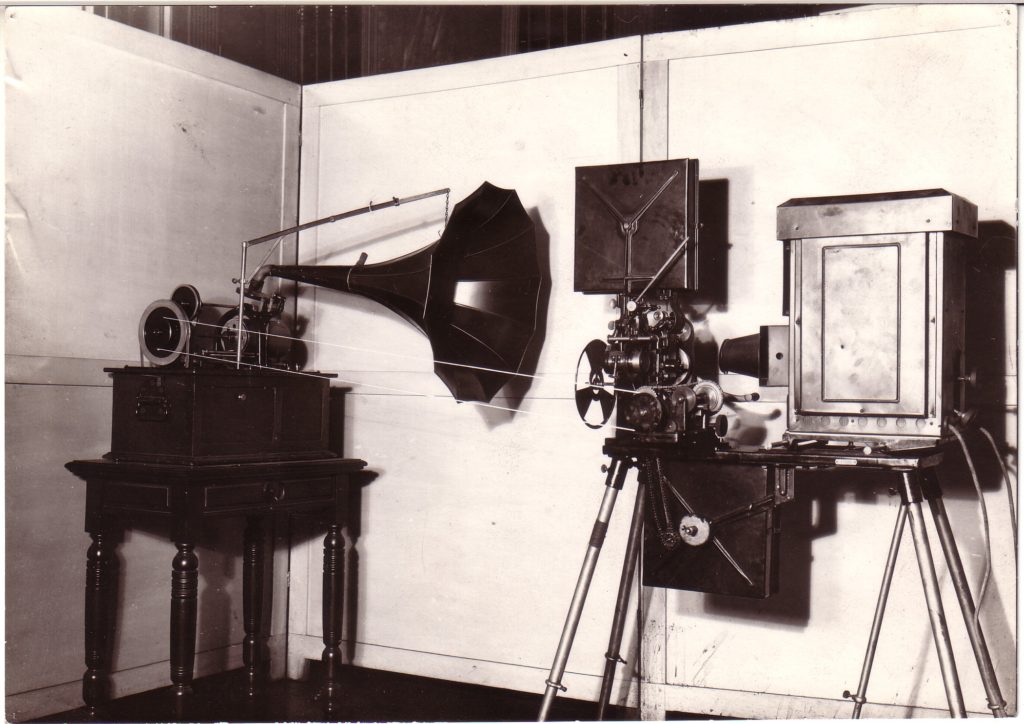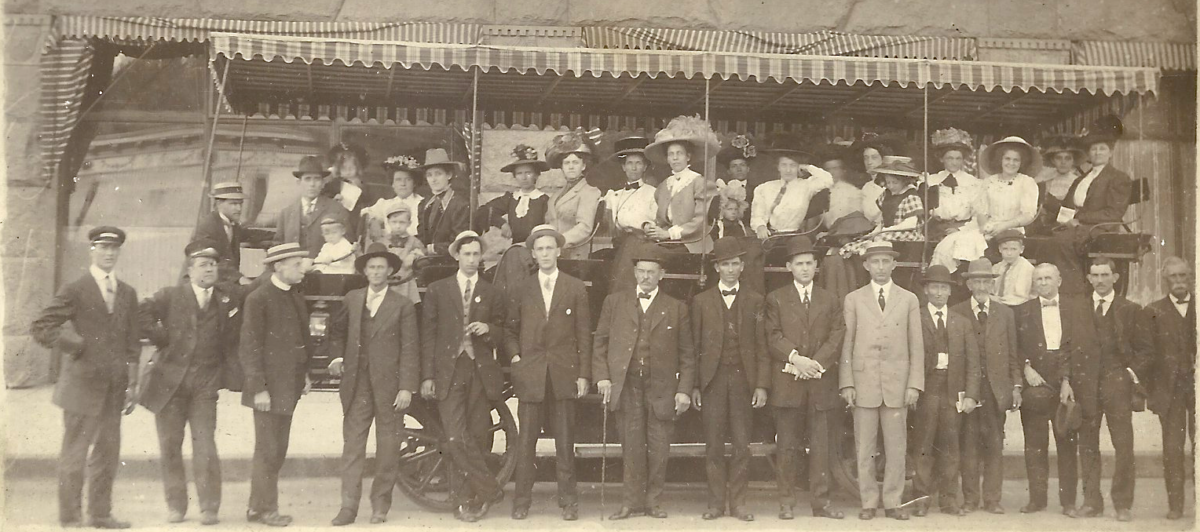On Wednesday, March 19, 1913, Jessie wrote in her diary: “I went to the Orpheum tonight with Elmo – the show was splendid. Saw and heard the talking moving pictures. They were wonderful. This is the first time they have ever been heard. Edison is certainly a wonderful man. You forget it was only pictures you were looking at and would think it was the persons themselves.” Five days later on March 24, 1913, she wrote again: “Went to the Orpheum to-night with William F. Had the talking moving pictures again, ‘The Temptation Scene from Faust.'” Jessie was a witness to one of the earliest public presentations of a moving picture with sound.

The first known public presentation of a projected moving picture with sound was in Paris in 1900. Thomas Edison had been working on this problem of adding sound to moving pictures since the late 1800s. The three basic problems that Edison and the other inventors who were working on this project had were 1) synchronization of the sound with the visual image, 2) amplification of the sound, and finally 3) producing a good high quality recording. In the late 1800s Edison invented the Kinetoscope. This was a device that a single person could look through to see a short moving picture. Edison had also invented a camera which took many pictures rapidly. Running the film of many separate images past a light source created the ‘moving’ picture. This was the same method used in all movies until the invention of video. Around 1913, using belts and pulleys, he devised a way to sync the sound recorded on a cylinder to the film projector, and this was now called the Kinetophone. The resulting films could only last 6 minutes, limited by the size of the cylinder upon which the sound was recorded. February 17, 1913, Edison debuted this new Kinetophone system (click here to see a Kinetophone film from this presentation) at four vaudeville houses in New York City. The audiences loved it! Jessie and her friends loved it when they saw these films one month later in Memphis. Why then did it take until 1927 for The Jazz Singer, the first talkie feature length film, to appear? In the case of the Kinetophone, a projectionist had to carefully keep the sound and visual images synced by the speed of their manual cranking. Most of the time this didn’t work and the results were sometimes hilarious, but finally frustrating and not worth the public’s money. With the start of World War I in Europe and a fire in Edison’s laboratory in 1914 which destroyed all the original recordings, the Kinetophone was finished after only a year. It took 14 more years until the three basic problems of synchronizing the sound and visual images, amplifying the sound so that it could clearly be heard throughout an auditorium, and making high quality sound recordings was solved. By the 1930s the talkies were everywhere.

